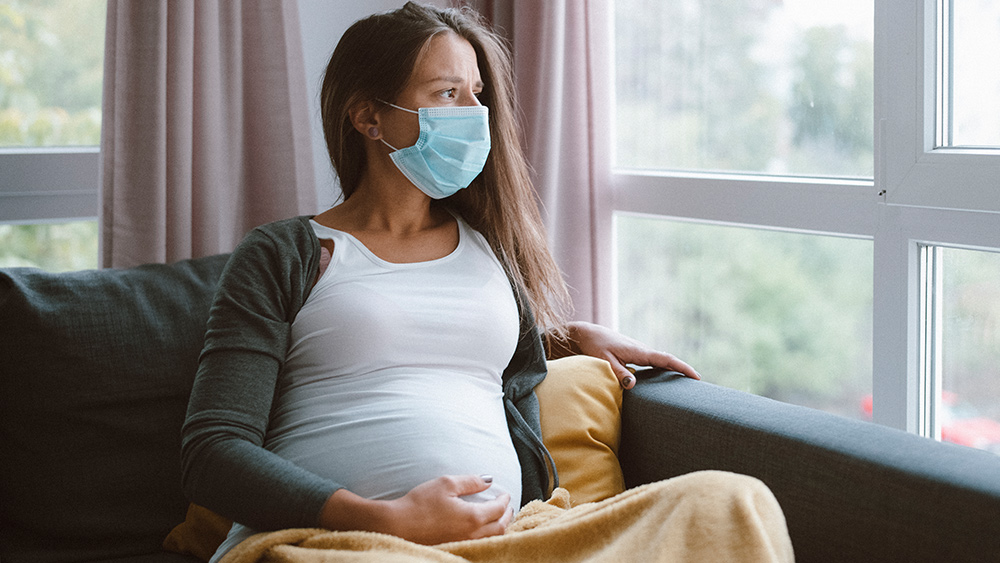 Parler
Parler Gab
Gab
WHO "ignoring the science" on PFAS
Linda Birnbaum, former director of the National Institute of Environmental Health Sciences, remarked: "[The] WHO has ignored the last 20 years of scientific research, ranging from observational human studies, animal studies, and mechanistic studies, and concluded that there's not enough information." "I don't understand how they could have come up with this [draft] using an independent group of scientists. My impression is that people who consult largely for industry are the people who are involved in writing this," added Birnbaum, one of the letter's signatories. "It's very, very concerning." Betsy Southerland, a former director at the EPA's Office of Water, remarked that it was unclear how the authors of the WHO's draft guidelines for PFAS prepared their technology-based levels that served as the basis for the recommendation. "There's no technical justification for how they arrived at that drinking water provisional guideline concentration. I've never seen anything like this," she said. "It looks like they wasted all their time trying to debunk the thousands of health studies, then at the very end grabbed two studies on PFOA and PFOS and two more studies on all the [PFAS] contaminants and based their provisional guidelines on those." Anna Soehl, a science and policy consultant at the Green Science Policy Institute, blasted the draft guidelines. "There have been a number of authoritative bodies that have at least proposed that much lower drinking water levels are needed to be protective of human health. WHO completely disregarded this and proposed much less protective guidelines. That can create confusion among nations that might not have the resources to develop their own drinking water standards and sends a message that perhaps higher levels are acceptable." CleanWater.news has more stories about PFAS concentrations in drinking water. Watch this video that explains why PFAS contamination of drinking water is far more prevalent than previously reported. This video is from the Weltansicht channel on Brighteon.com.More related stories:
Evidence proves the EPA downplayed the toxic threat of PFAs. PFAs, chemicals commonly found in household and everyday items, found to interfere with metabolism and body weight. Tampons, including “organic” brands, found to contain toxic PFAS (fluorine) chemicals. Sources include: GlobalResearch.ca CDN.WHO.int [PDF] GreenSciencePolicy.org [PDF]Top oncologist reveals INCREASE in cancer cases among patients injected with COVID-19 shots
By Olivia Cook // Share
mRNA in COVID-19 vaccines contain FAKE URACIL which may be causing white, rubbery clots
By Olivia Cook // Share
Mass protests in China overwhelm communist nation’s censorship system
By Ramon Tomey // Share
From womb to tomb: “Forever chemicals” can be passed on to babies during pregnancy
By Belle Carter // Share
Governments continue to obscure COVID-19 vaccine data amid rising concerns over excess deaths
By patricklewis // Share
Tech giant Microsoft backs EXTINCTION with its support of carbon capture programs
By ramontomeydw // Share
Germany to resume arms exports to Israel despite repeated ceasefire violations
By isabelle // Share










